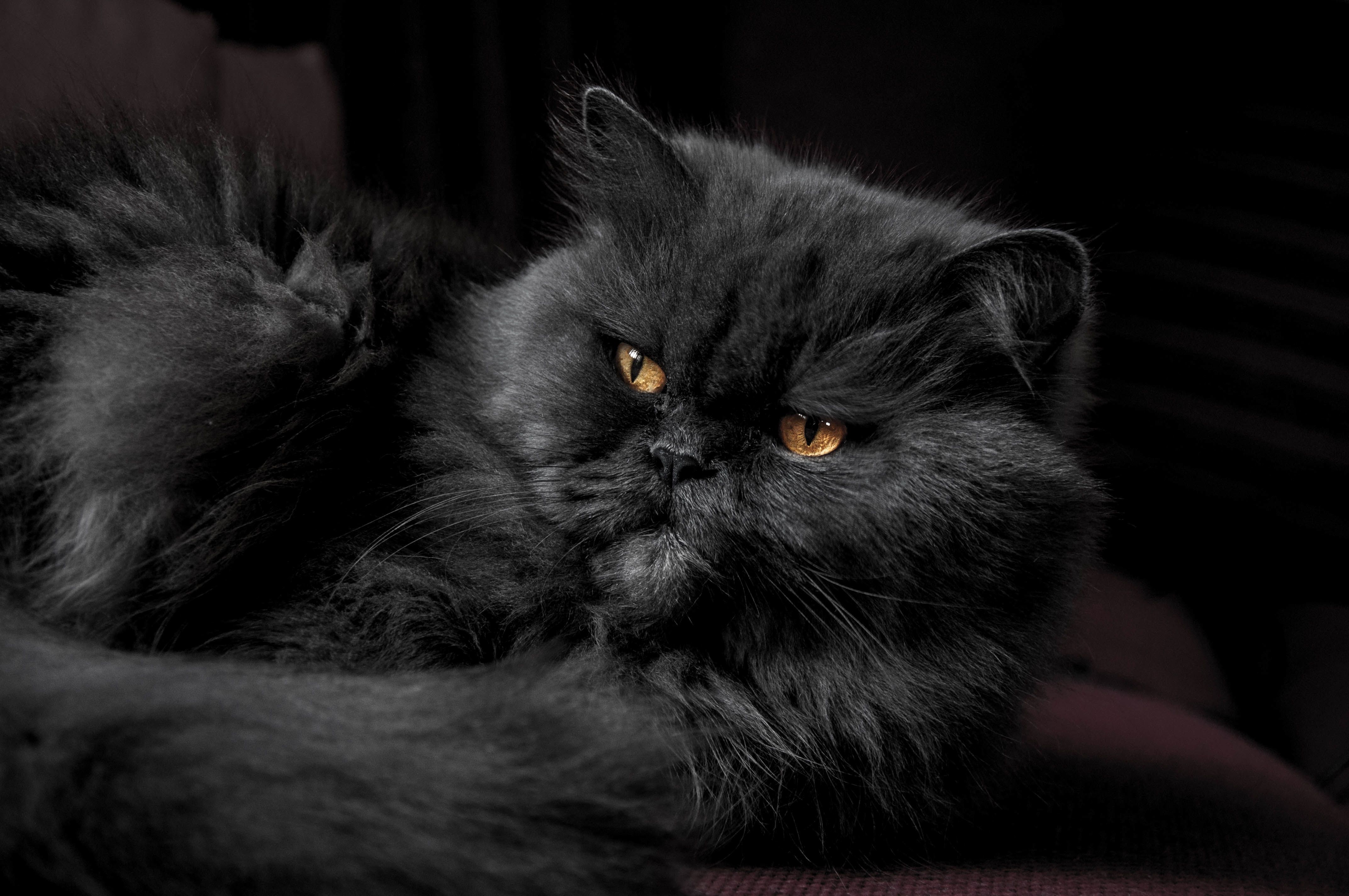The Persians: The World's Favorite Longhairs
The Persian remains a steady favorite, but since the 20th century other longhairs have been attracting attention.

Table of Contents
Origin
Iran (formerly Persia)
Grouping
Longhairs.
Breed History
The early Persian type cats likely reached us via European trade originating in Iran (formerly Persia) during the 1600s. The Himalayan was the result of crossing Persian with Siamese later in breed development (1920s-1930s) to add the colorpoint pattern, and is a division of Persian in some registries—a separate breed in others (see Himalayan chapter).
The Persian cat is always amongst the most popular of cat breeds. Historically, Persian cats had a less foreshortened face. The current British Longhair (Persian) standard has more moderate facial features. Persians were first registered in CFA in 1909. No out-crossing is allowed.
Physical Characteristics
Weight
8-15 lb (3.5-7 kg)
Coat
The thick soft undercoat is overlain by a profuse standoff outer coat of long soft hairs. Well-developed ruff and frill, and tail is heavily haired.
Coat texture should not be wooly.
Eyes
The large wide-set eyes are copper or orange. In shaded silver, golden and chinchilla, they are blue-green or emerald green.
In Europe, a copper-eyed shaded silver is termed Pewter. Variable colored eyes are present in Persian white cats.
Points of Conformation
Persians have a heavy cobby build, small ears with rounded tips. A very short upturned nose and muzzle, with a well defined stop or break between the eyes is present.
Persian cats have a large rounded broad head. Paws are rounded, tufted, and large. Tail is short, and carried low. The neck is short.
Peke-faced is a subtype that is extremely foreshortened, similar to a Pekingese dog, while doll-faced cats are more moderate in their brachycephalic head conformation. The Peke subtype is specifically described in only certain registries.
In ACFA for example, the Peke-faced is recognized as a head indented between eyes, creases following cheekbone; forehead, nose and chin form a perpendicular line.
Grooming
High grooming requirements are typical for Persian cats. Once to twice daily grooming to prevent matting is helpful; allow 15 minutes minimum daily. Regular baths are also used to help maintain the coat in excellent condition.
Daily removal of tears to prevent staining and dermatitis in medical canthus area and facial folds may be required.
Breed Characteristics
- Gentle
- Easygoing
- Placid
- Affectionate
- Quiet voiced
- Adaptable
- Playful, not big jumpers and climbers
- Gets along well with children and other cats, and best as indoor cats
- Himalayan cats are considered on average a bit more active than Persian cats due to infusion of Siamese blood.